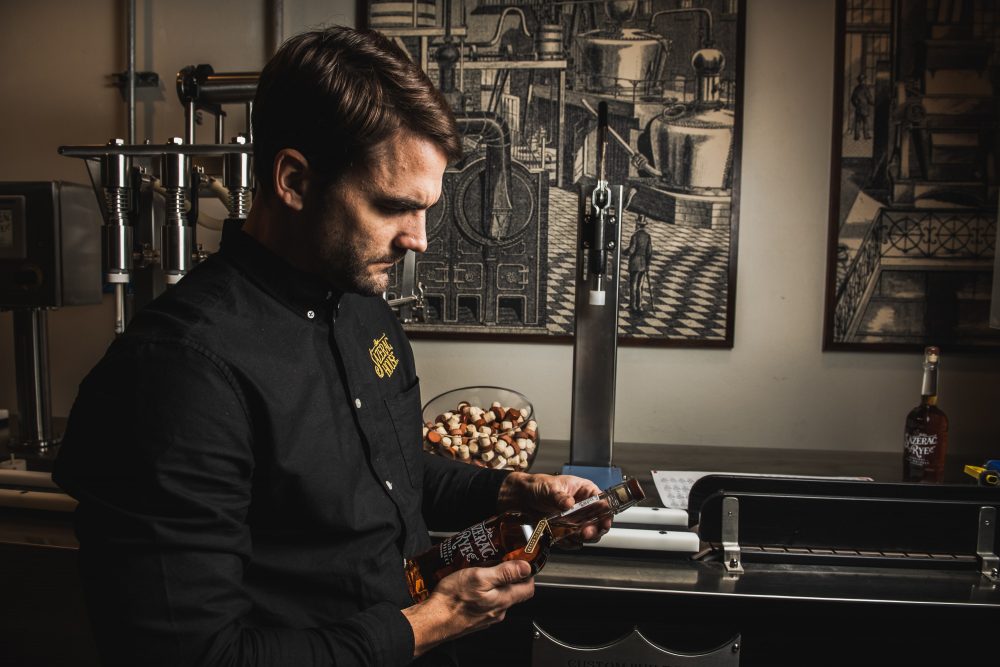Here’s to Croutons
First, why do we call it toasting? Turns out, it was commonplace in the late 17th century to add a stale crouton or small piece of scorched toast to your wine. Not only was it known to improve the quality of poor wine, it could also improve the quality of bad bread. It became a kind of party snack and popular practice at celebrations. While the toast in the drink went away over the years, the spirit that went along with it lived on.
Here’s to Ancient Greece
We don’t know exactly when the first toast was actually made. But we do know that it’s a tradition that dates back to the Ancient Greeks of 6th Century BC. The practice began as a praise to their gods in hopes for long health. It was a simple, creative ritual involving good drinks and familiar company — and the earliest example of toasts as we know them today.
Here’s to Souvenirs
Today, toasts remain a mainstay in the culture of celebration, spanning across different countries, cultures and cocktails. More importantly, the toast has evolved over time into something of a verbal souvenir. It’s a sentiment that you can take with you when the drink in your glass is long gone.
Regardless of where the tradition of toasts began or how they’ve changed throughout the years, one thing is certain: they’re not going anywhere any time soon. And we’ll drink to that.
Events

Meet the Distiller: Small Group Tour & Tasting
Step behind the scenes with the artisans who bring Sazerac’s legendary spirits to life. “Meet the Distiller” is an exclusive, hour-long experience that begins with a private VIP tour through the Sazerac House distillery and historic Apothecary. Guests will enjoy insider access, behind-the-barrel stories, and a rare glimpse into the craft and science of our production process. Following the tour, you’ll join our distiller in their private tasting room for a curated guided tasting of four Sazerac expressions — hand-selected and presented by the distiller. This intimate setting allows guests to explore the flavors, techniques, and traditions that define our spirits.
Here’s to tales of yesterday and cocktails today.

